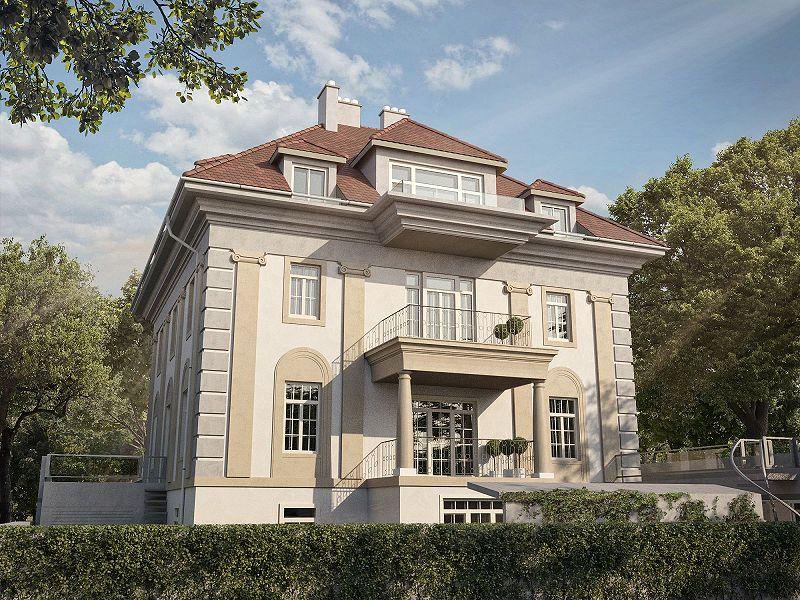Current Trends in the Slovak Real Estate Market
In many ways, the Slovak real estate market shares similar characteristics with the Czech one: property prices are rising (especially in the capital city and its immediate area), interest rates are falling, and the demand for housing is higher than the supply available. These trends are not projected to change in the near future, making Slovakia a very interesting country from an investment perspective.
Analysts have been pointing out that interest rates have hit bottom and that we must expect them to rebound, but the opposite is true—the average mortgage interest rate in the Czech Republic and Slovakia is still decreasing. Banks in both markets are trying to make up for the collapse of the mortgage market. For example, the Slovenská spořitelna bank currently offers mortgages with a 0.79% interest rate (the average interest rate in the Czech Republic is 2.47%). However, with rising housing prices there is less interest in mortgages: in the second quarter, Slovak properties showed a year-on-year increase of 8.3%. The fastest rising prices are for older properties, and potential buyers will pay 5% more for new properties than in 2018. Real estate prices in Bratislava are three times higher than in other regions; in the popular district of Bratislava II – Ružinov they are even increasing by 12% annually.
Investors who are thinking about placing part of their capital in the Slovak real estate market will appreciate the fact that there are no restrictions for foreign clients in this area, except in the acquisition of farmland. What’s more, the increase in property prices is not expected to slow down. In fact, real estate costs are rising exponentially, which is reflected in the prices of new residential projects. The Slovak market also has many advantages over its Czech counterpart. For one, Slovakia doesn’t have a real estate acquisition tax, which means that, compared to the Czech Republic, properties are 4% cheaper. Slovakia is also part of the eurozone, and so investors can have confidence in a stable currency, while avoiding exchange rate risk and currency conversion fees, which are around 1%. Another benefit is Bratislava’s strategic location on the border of Austria and Hungary and close to the Czech Republic.






.jpg)
.jpg)


